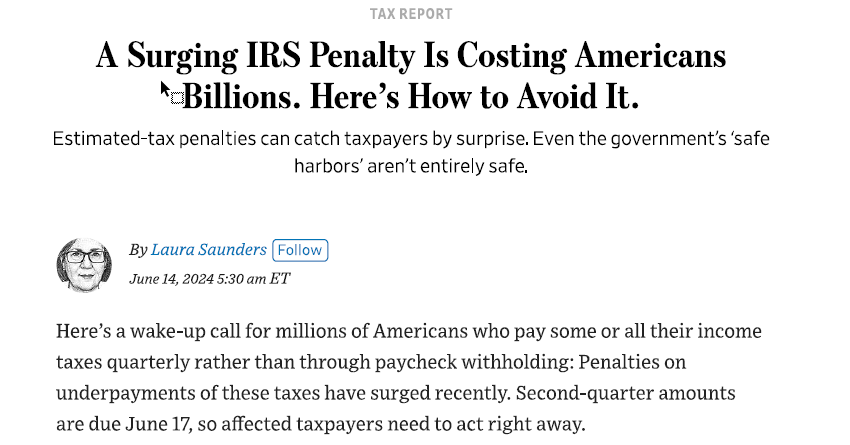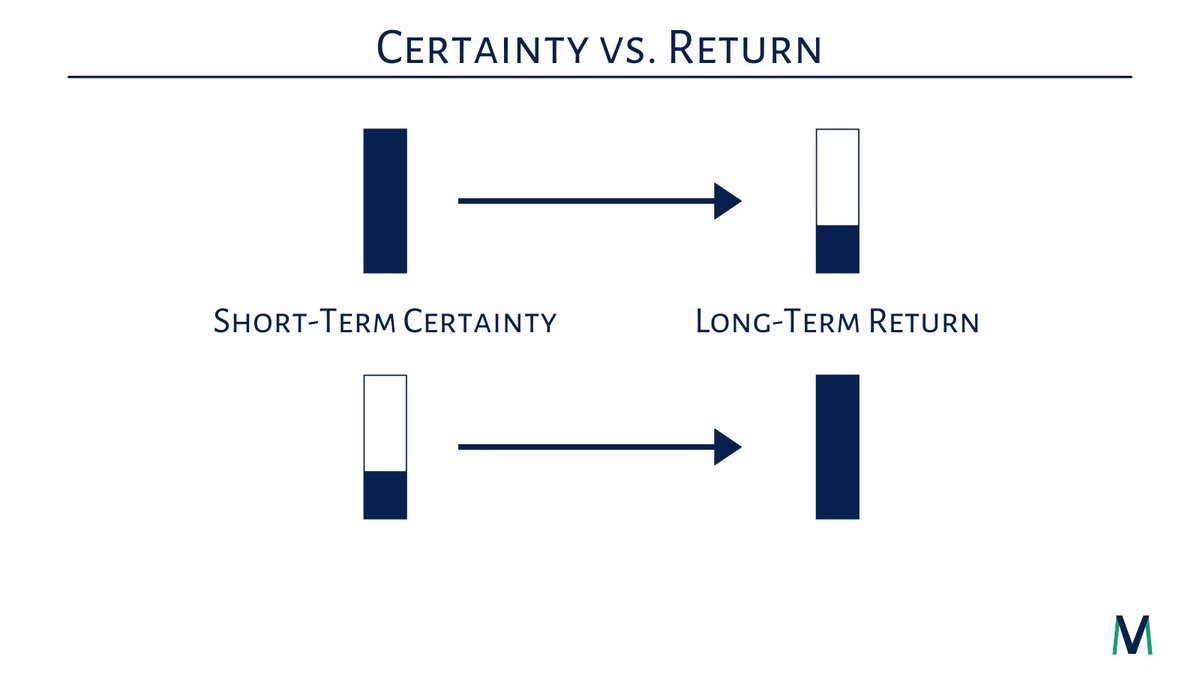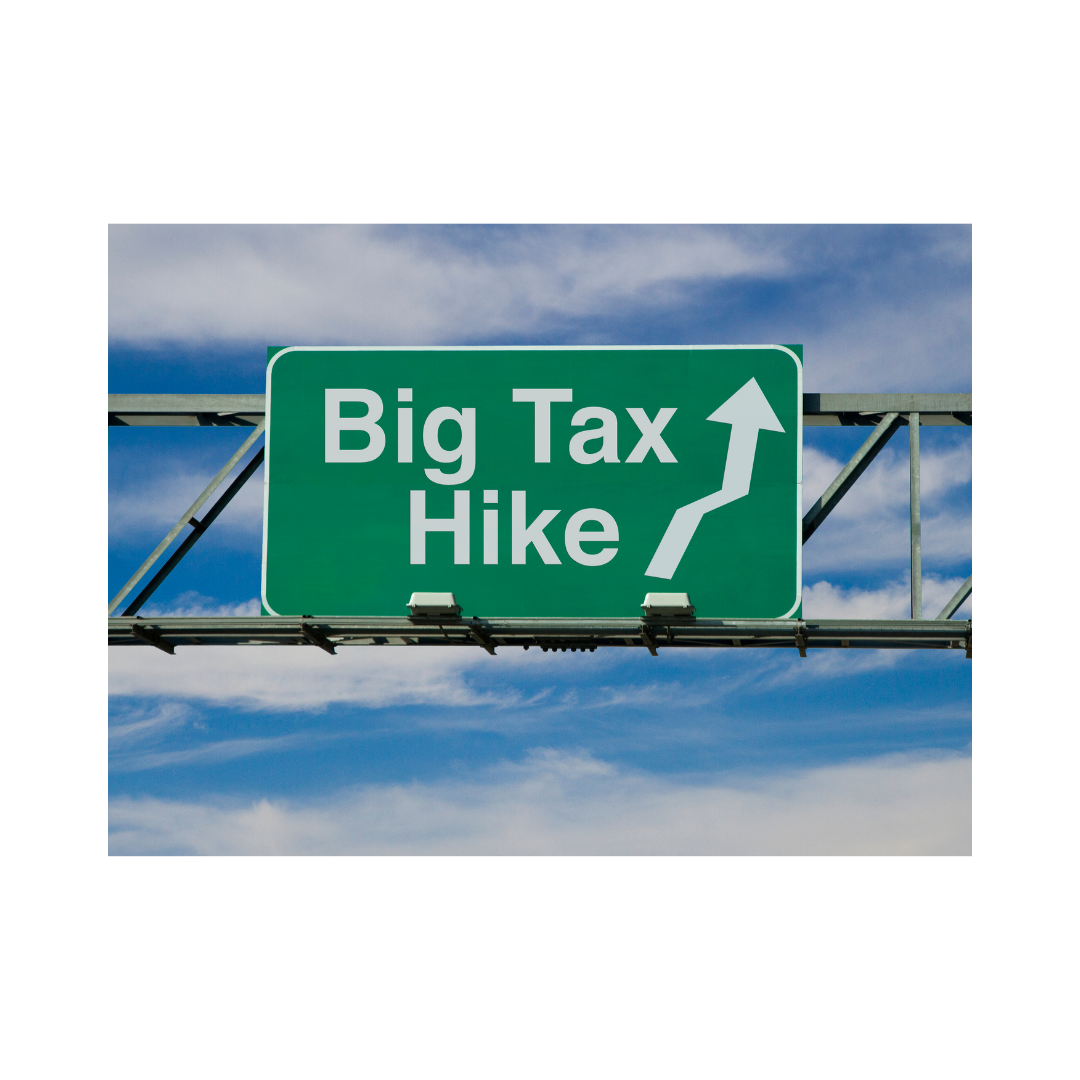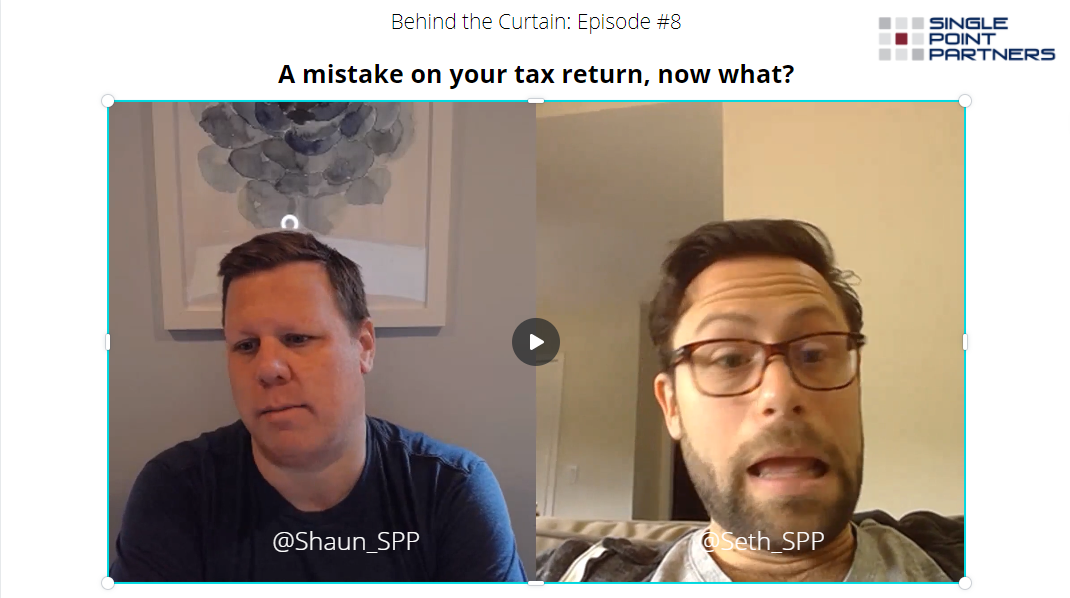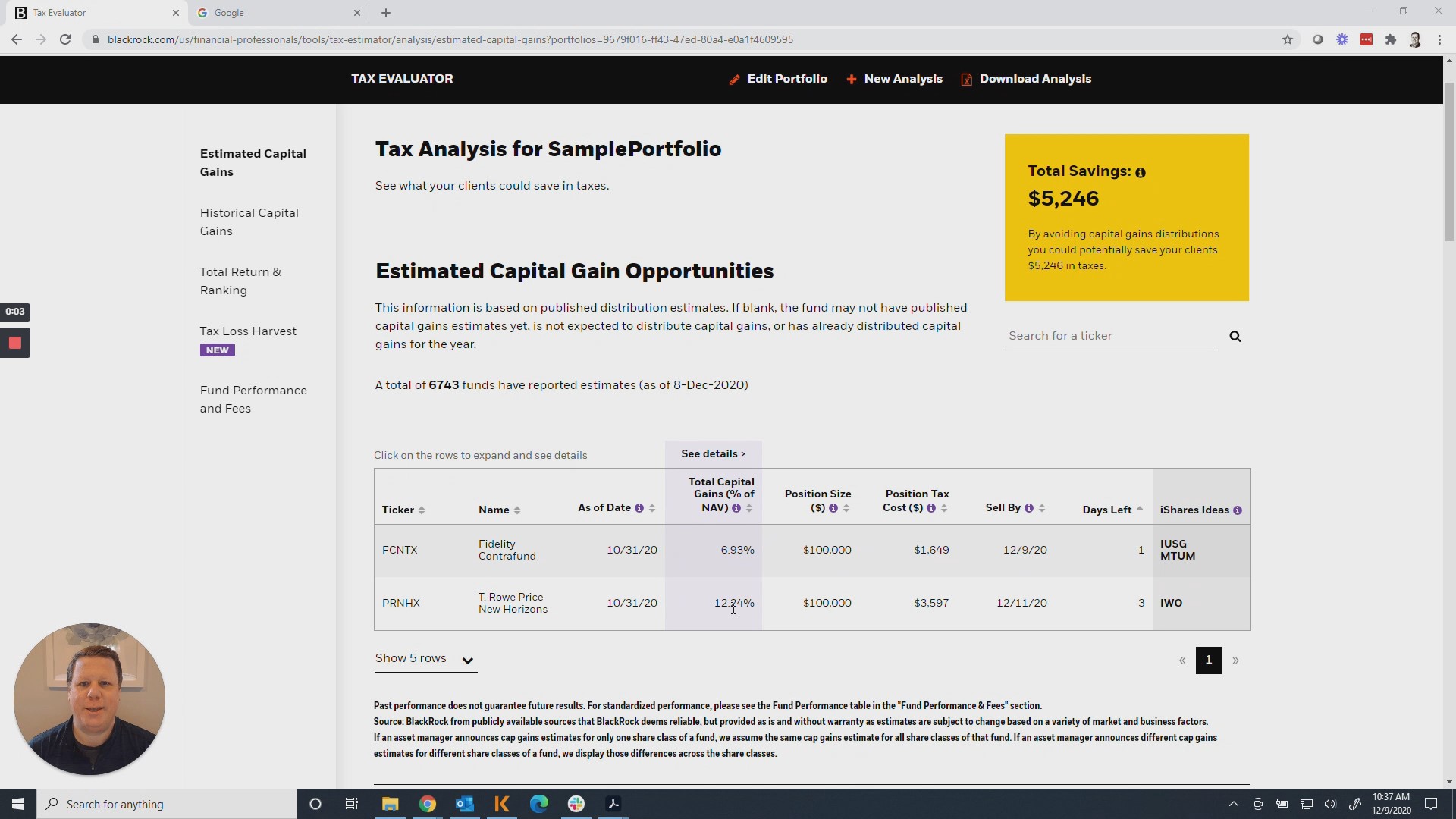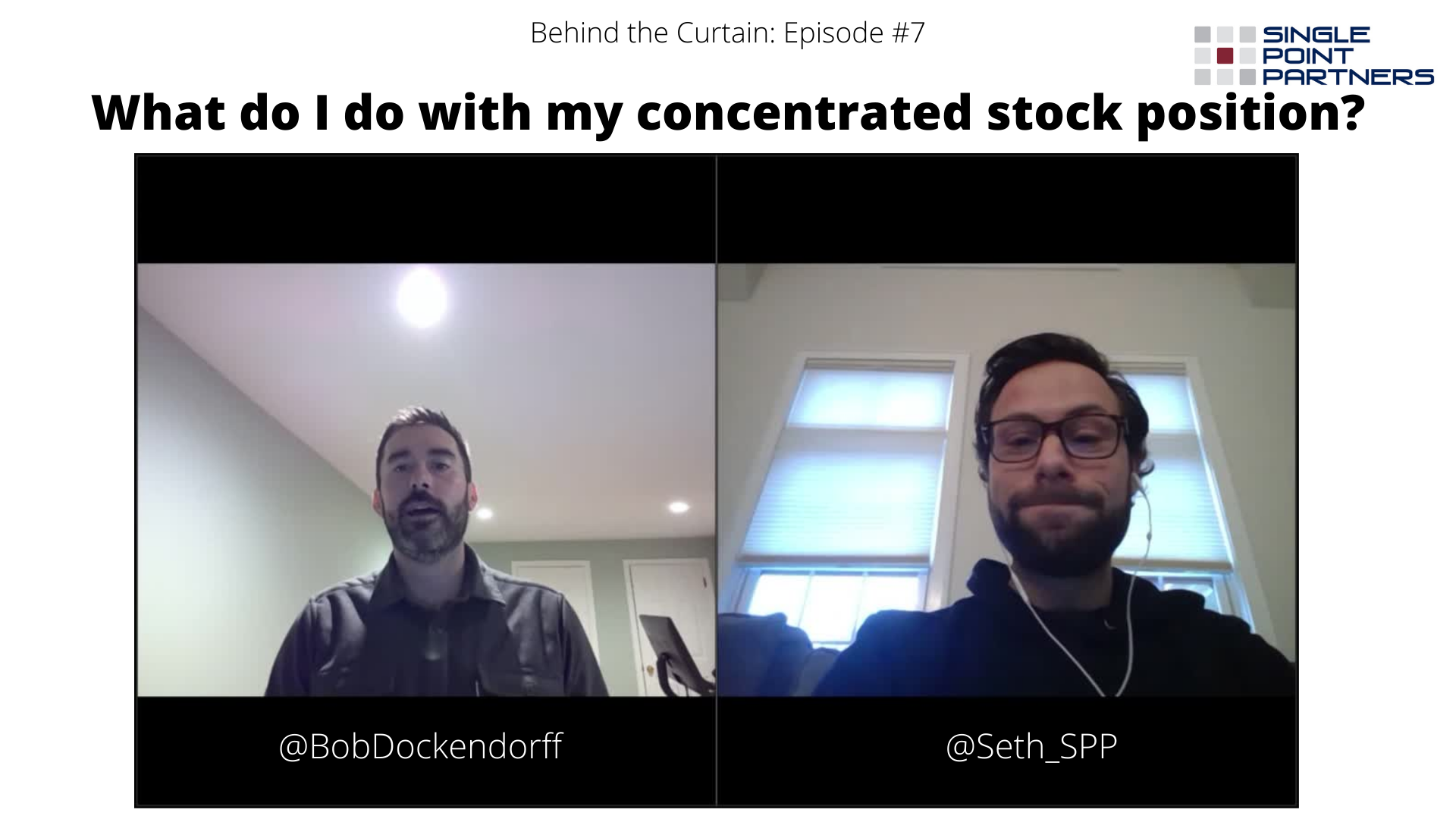Since this is the time of year where families may have just made some change to their household help either for their children or an elderly parent, it is a good time to make sure you are aware if your company offers a Dependent Care Account (Flexible Spending Account). Below is a case study that summarizes one family’s experience weighing the cost of hiring a nanny for twins vs having one parent stay home.
Household Employment Case Study
Hiring Household Help? Don’t Forget about your FSA
For most families that hire a nanny or senior caregiver, the best tax break available is a Dependent Care Account (also known as a Flexible Spending Account or FSA). When fully optimized, this tax break generally saves families more than $2,000 per year. This significant tax savings is an important variable to look at – especially when setting a budget for childcare – as you’ll see in the following real-life scenario:
The Situation
After maternity leave, a new mother of twins was exploring the cost effectiveness of two options: going back to work and hiring a nanny versus one of the spouses staying at home with the children. She and her husband tried to crunch the numbers, but being new parents with no experience hiring a household employee, they were unsure if the budget they came up with would be accurate for the options they were considering.
The family spoke to a local nanny agency who suggested they call HomePay for advice. The placement counselor mentioned there were tax breaks available – specifically an FSA – and we could help them create a realistic budget for their needs.
The Law
A Dependent Care Account is a reimbursement FSA offered by most medium to large employers as part of a benefits package for its employees. This tax break is not income restricted nor is it subject to the Alternative Minimum Tax (AMT) that affects many families in higher tax brackets. However, in order to capitalize on this tax break, both spouses must pass the “work-related test” – which simply means both spouses have to be employed or full-time students.
Up to $5,000 can be placed in a Dependent Care Account to use pre-tax dollars to pay for eligible dependent care expenses. These include wages paid to a nanny or senior care worker as long as the person receiving care can be claimed as a dependent. This is separate from a health FSA – another commonly-offered FSA – which is used to pay for healthcare-related expenses.
Most companies only allow employees to sign up for an FSA during Open Enrollment (typically in the fall), however, there are several “life-changing events” that can allow someone to sign up mid-year. A “life-changing event” can be the birth of a child, a change in jobs or even a significant increase in care expenses. Companies have latitude on their enrollment policies, so we advise families to talk to their HR department if they wish to sign up for an FSA outside of the Open Enrollment process.
The Outcome
The family took the agency’s advice and called HomePay. A consultant explained how a Dependent Care Account works and ran through several payroll scenarios, which ultimately led the family to decide on hiring a nanny – and they chose to place through the agency that referred them to HomePay. One of the deciding factors was outlining that the family could save approximately $2,400 in total tax breaks, which would offset most of their employer taxes.
This story is a good reminder that most families struggle to understand all the complex factors that go into childcare decisions. Some sound guidance from a nanny placement professional led to a more informed decision about in-home care and, ultimately, a level of trust that yielded a new client relationship for the agency.
Had this placement counselor not mentioned dependent care tax breaks as a form of savings, the family may not have hired a nanny at all. The counselor didn’t need to be a tax expert – just knowledgeable enough to know an FSA exists and where to point the family for help. Most families will not know they can enroll in an FSA when they hire a nanny, so it’s a powerful nugget of information to have at your disposal. Once families run the numbers, most come to the pleasant realization that it’s not nearly as expensive as they think.
Quick Tax Facts
$1,900: Annual wage threshold for Social Security & Medicare (FICA) reporting in 2015
$1,000: Quarterly wage threshold for Unemployment reporting (some state thresholds are lower)
$2,500: Total childcare tax breaks available for families
1.5: Overtime rate of pay when work exceeds 40 hours
57.5 cents: Federal mileage reimbursement rate in 2015
$7.25: Federal minimum wage (some state rates are higher)
$2: Approximate daily cost to have HomePay by Breedlove handle all payroll and tax compliance duties with no work and no worry.
http://www.myhomepay.com/Blog/post/2015/09/23/Hiring-Household-Help-Dont-Forget-about-your-FSA.aspx

